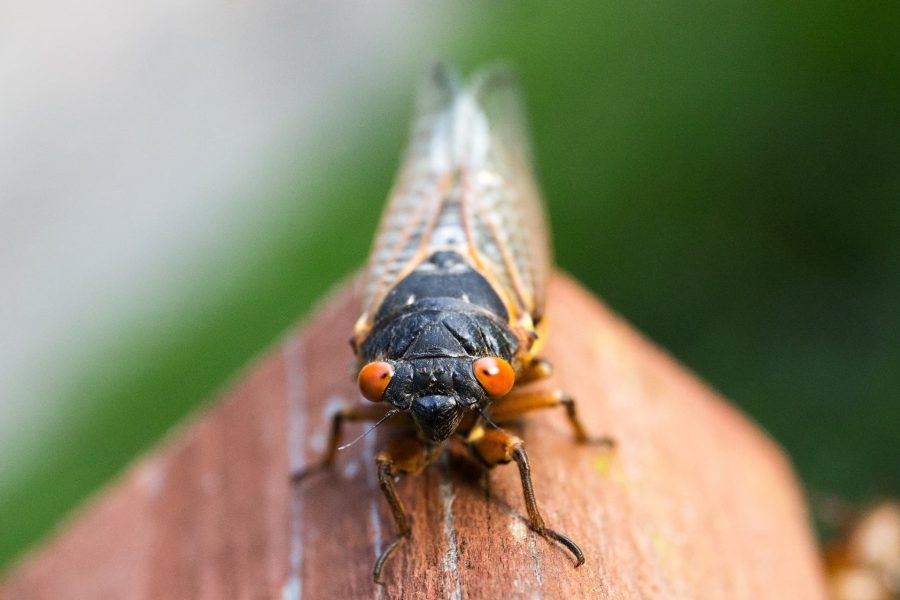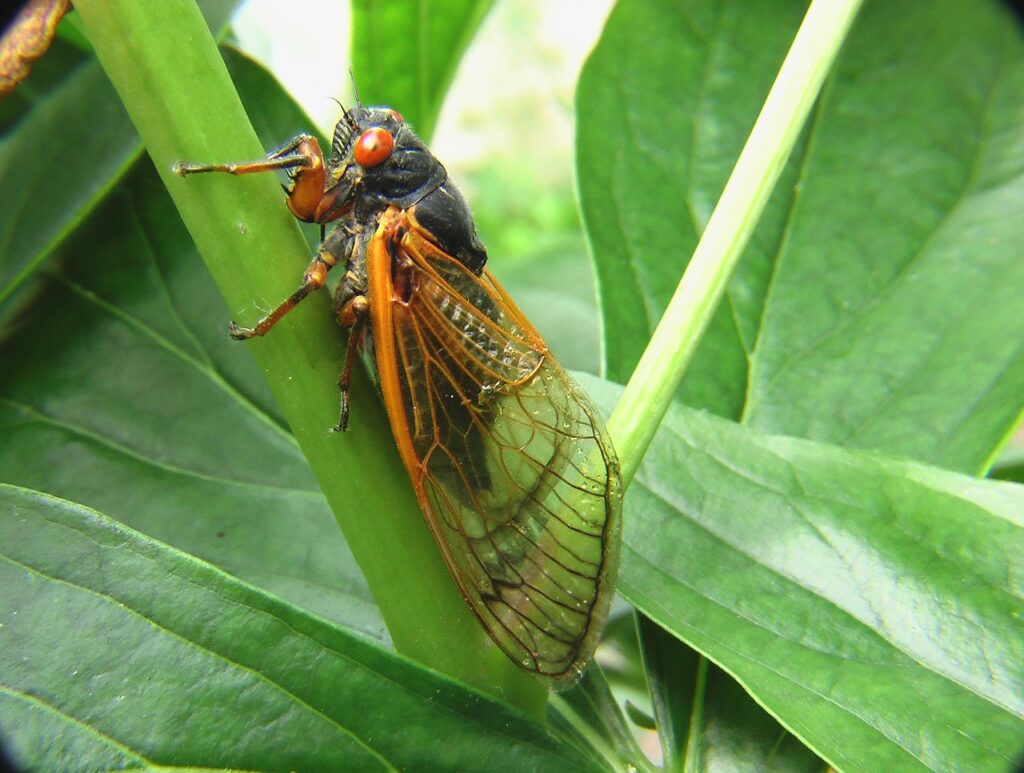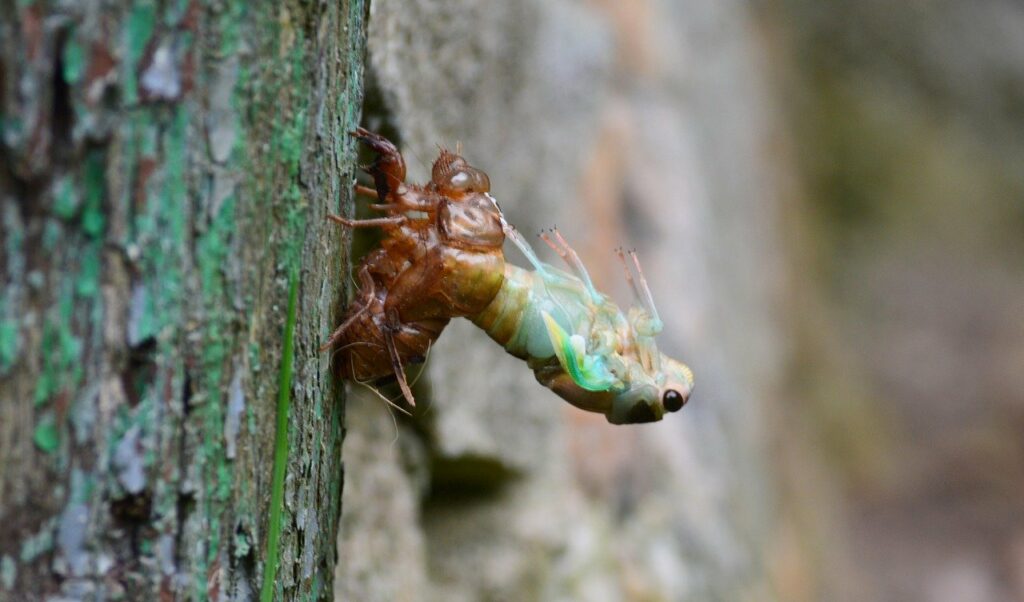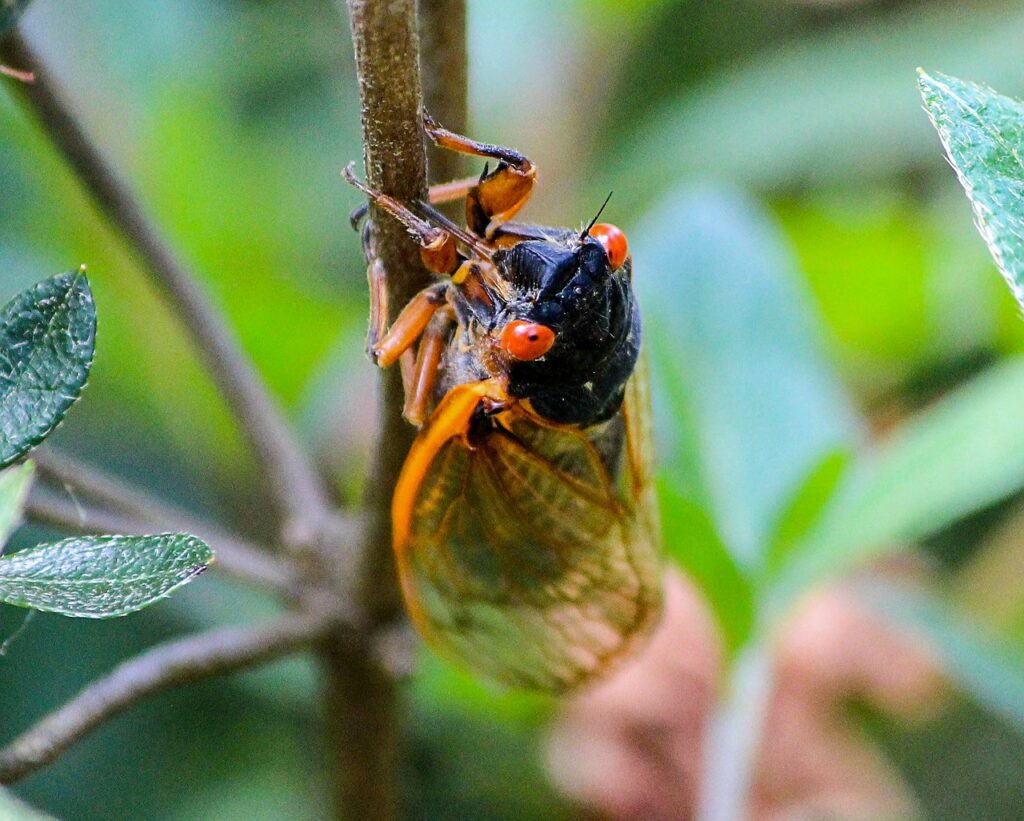
Imagine for a minute, if you will. After 17 years under the ground, these creatures crawl out from the land pushing the dirt and tree roots aside, to come out in mass numbers and roam the earth, but for a few short days. They are loud, and they only have one thing on their minds. No, this is not the Zombie Apocalypse, but rather the return of the Cicadas. However, it does sound like a bit of a nightmare.
All over the eastern United States, the cicadas are coming out of their holes in the ground to transform, sing, mate, and then die. These bugs started in Georgia and worked their way up to South Carolina, Tennessee, Maryland, Virginia, Washington DC, Philadelphia, New Jersey, New York City, and Albany. And what causes them to emerge finally? In order to comprehend that, let’s learn a bit about the zombie cicada.
James River Pest Solutions is dedicated to educating its clients as well as the extermination of pests. If you need pest control, contact us for a thorough evaluation of your pest control needs and take control of the pests in your home.
What is a Cicada?
The current brood of cicadas is named Brood X (ten). And they are a true wonder of nature. The body consists of a head, thorax, and abdomen with two antennae. And they have five eyes, two that are compound and three simple eyes. Also, they have two sets of wings, forewings and hindwings, and six legs.
Here is the good news, they are not poisonous, they do not bite, and they do not sting! They are harmless unless you consider the mess they make. Other than that, there is no reason to fear the cicada.

Cool Facts about the Cicadas from the Environmental Protection Agency.
- Cicadas benefit the health of trees by aerating the soil around the roots. And they and trim weak or damaged limbs.
- They drink tree fluids or sap, but usually not enough to cause harm to the trees.
- The females may harm young trees by splitting the thin bark into slender branches where they will lay their eggs.
- Cicadas only feed on woody perennials, so vegetable and strawberry crops are not at risk.
- This could be an unfortunate year for fruit tree orchard farmers.
- “It’s going to be a wonderful year for anything that can eat cicadas. City pigeons and songbirds love them, dogs will gorge themselves, squirrels will eat them like corn on the cob, turkeys gobble them up, plus they make great fishing bait.”
- And believe it or not, people eat them. Some insist that cicadas are a delicacy and make delicious high-protein meals.
- And finally, cicadas don’t like sand. So, if you want to avoid them, pack up and head to the beach.
The Life Cycle of a Cicada
Do you remember what you were doing in June of 1996? Well, these bugs remember what they were doing, as they were born that year. They begin life as a rice-shaped egg in a tree limb. When they hatch, they start to feed on the tree’s sap, looking like a small termite. Then when ready, they will crawl from the tree branch and drop to the ground below. There they retreat into the ground until the next 17 years. Here is how the emergence looks.
Lasting only 4 to six weeks, these matured nymphs wriggle their way out of the first when the ground reaches 64 degrees, and it has been 17 years. How do they know when 17 years is up? We will get into that in a minute.
When they emerge, the cicadas crawl up the nearest tree for safety and to do what they have waited for 17 years. Under the ground, they have been preparing for this day, eating the sap from the roots of the tree. And scientists believe they may know when 17 years is up due to the age of the fluid in the tree.
With full bellies and on a mission, the cicadas reach the tops of the trees, and then the transformation begins. The backs of their exoskeletons will break open, and out comes the adult cicada in all its glory. Then… let the mating ritual begin.

The Mating Ritual OR the Song of the Cicada
No matter what you call it, the two are one and the same. As adults, after a 17-year feast, the cicadas are ready to mate. The males are the vocalists of the group. As they prepared to look for a female, the males will flex their tymbals, which are drum-like organs found in their abdomens. Since the body is primarily hollow, the sound is quite loud, and when there are millions, it can be as loud as the sound of a lawnmower.
The females respond with a two-click sound that is like a finger snap. To listen to the song of the cicada, simply click here.
Clues to Look for Before They Emerge
If you are in an area that typically gets cicadas every 13 – 17 years, you will not have to look too hard. You will surely know when they have arrived. Their song is loud, and they swarm in incredible numbers. But if you are unsure if your yard will have an invasion, here are some of the tell-tale signs.
- Look for chimneys or turrets of mud on the ground. That is where they will emerge.
- Holes in the earth beneath a tree mean they will appear soon.
- When looking under stones, you may see one closer to the surface, building their tunnel system.
- Gardening often turns them up and disturbs the digging.
James River Pest Solutions Celebrates the Return of the Cicada
As a fantastic part of the scientific world, the emergence of cicadas should be celebrated. It is utterly amazing until you are sweeping them up. That part is not so much fun. James River Pest Solutions is here for all your pest control needs and more. We pride ourselves on 20 years of experience and quality delivered to the people of Virginia.
We are licensed, insured, and trustworthy. Contact us for all your pest control needs.
